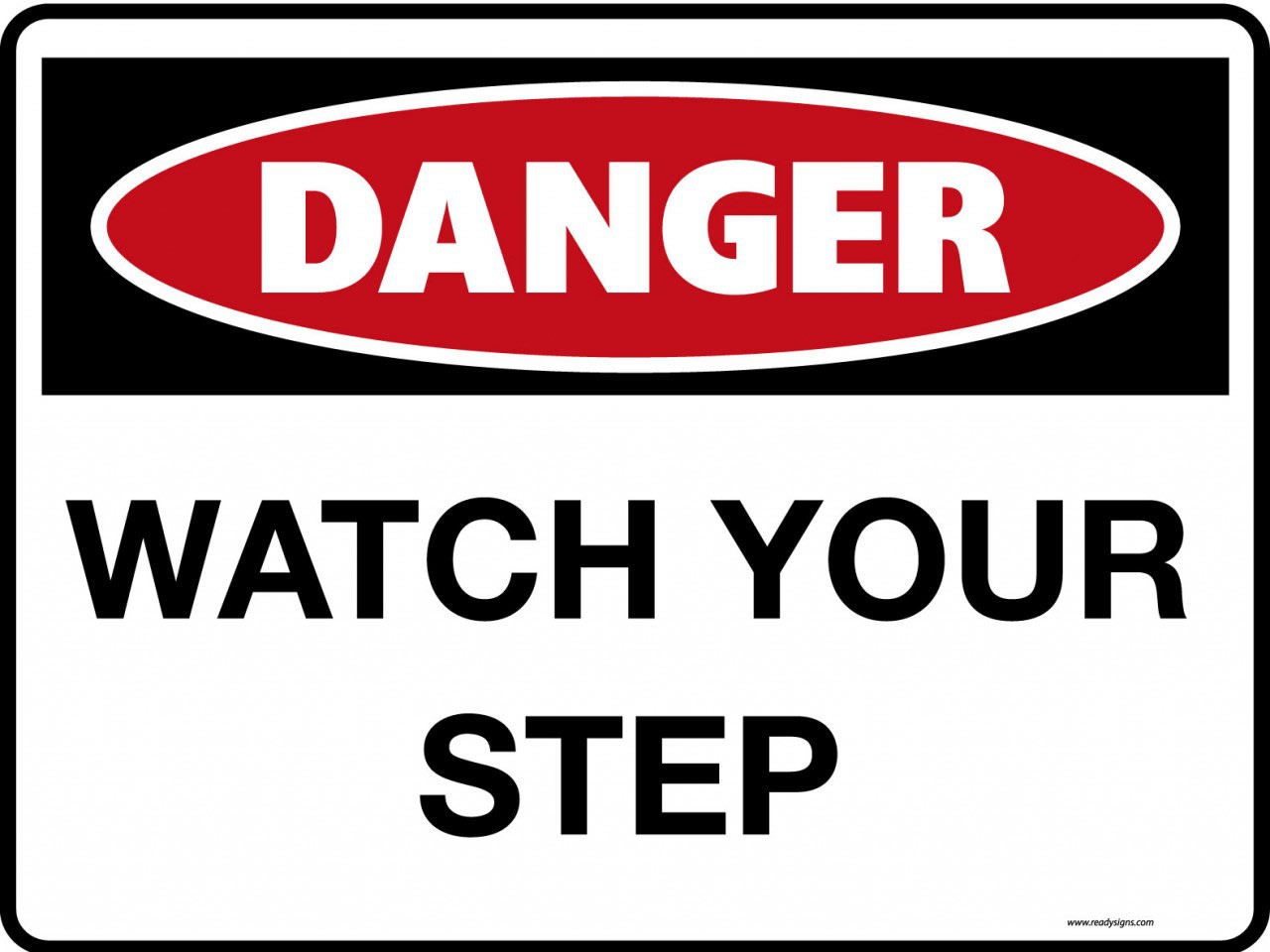The three weeks between the seventeenth of Tammuz and Tisha b’Av, between the anniversary of the breach of the wall of Yerushalaim and the anniversary of the destruction of the Mikdash, are a period of mourning. But this time is also considered a period of special danger: “Caution is needed from the 17th of Tammuz until Tish’a b’Av not to walk alone from four hours to nine hours; and students should not be struck during these days.”
(Shulchan Arukh Orach Chaim 551:18. The prohibition applies even to the normally permissible punishment, which is not a painful spanking but rather a light blow with a strap – Yoreh Deah 245.)
The source for this halacha is a widespread Midrash which explains that “ketev meriri”, a kind of dangerous wind or spirit referred to in the song of Haazinu (Devarim 32:24), prevails especially from the seventeenth of Tammuz until Tisha b’Av. (Bamidbar Rabba and Tanchuma Naso, on Bamid- bar 7:1; Eicha Rabba; and elsewhere.)
The gemara in Pesachim also talks about the “ketev”; there it states that this menace definitely prevails from the first of Tammuz until the sixteenth, and doubtfully prevails afterwards (Pesachim 111b). Based on this source, the Beur Halacha states that logically even greater care is required before the three weeks. (Beur Halacha 551, citing Pitchei Olam.) But we should also strive to understand the view of the other authorities who do not mention this stringency.
One resolution of the problem is found in the Yalkut Shimoni on Haazinu, which explicitly states that there are two “ketev” spirits. One prevails from the first to the sixteenth of Tammuz, while the second, the one called “meriri”, prevails during the Three Weeks. But another possibility is to consider that it is precisely the “doubtful” prevalence which is dangerous.
For examining the various sources regarding this spirit, we find that its distinguishing characteristic is doubt:
(a) The Yalkut Shimoni states that this spirit is found neither in sun nor in shadow, but rather “in the shadow next to sunlight”.
(b) The gemara in Pesachim explains that it is particularly found “in the shadow of a chatzva which is not an ama high”. The chatzva is a hedge which was usually used to demarcate a border; a truncated chatzva indicates a border which is not clearly indicated.
(c) In Tehillim we also find a reference to the ketev; there we find that “He who sits in the protection of the Most High, who dwells in the shadow of the Almighty; who says, HaShem is my protection and my fortress, in G-d I place my trust”, this individual will not fear from the ketev that prevails in midday. (Tehillim 91.)
Someone of strong faith, who does not doubt, is safe from the ketev.
This idea connects with the mourning aspect of the three weeks. The mourning for the Mikdash does not begin from the anniversary of the destruction – on the contrary, that is when it ends. Rather, it coincides with the terrifying period of uncertainty when Yerushalayim was being attacked but before the destruction was completed.
This characteristic of doubt and uncertainty is characteristic of all mourning. What indeed is mourning but a period “between sun and shadow”, between the time when are lives are brightened by a loved one and the time when we are finally reconciled to their passing.
The three weeks, the time when we recall the terrible tragedies which constantly beset the Jewish people, carry with them the danger of doubt, of weakened faith. This weakness of faith is not only a spiritual danger but also a bodily one, since HaShem especially watches over those who place their wholehearted faith in Him. Of course our main goal is to strengthen our faith, to place our full trust in G-d as we learn in Tehillim. At the same time, we need to take precautions, alert to the fact that this time of year carries a special danger of the plague of doubt.
The Tanchuma on Naso which also discusses the ketev states, “On the day the Mishkan was erected, all of the dangerous spirits were eliminated”. When the Temple will be speedily rebuilt, all our doubts will be erased and we will return to the full protection of the Almighty.
Rabbi Asher Meir is the author of the book Meaning in Mitzvot, distributed by Feldheim. The book provides insights into the inner meaning of our daily practices, following the order of the 221 chapters of the Kitzur Shulchan Aruch.
The words of this author reflect his/her own opinions and do not necessarily represent the official position of the Orthodox Union.

